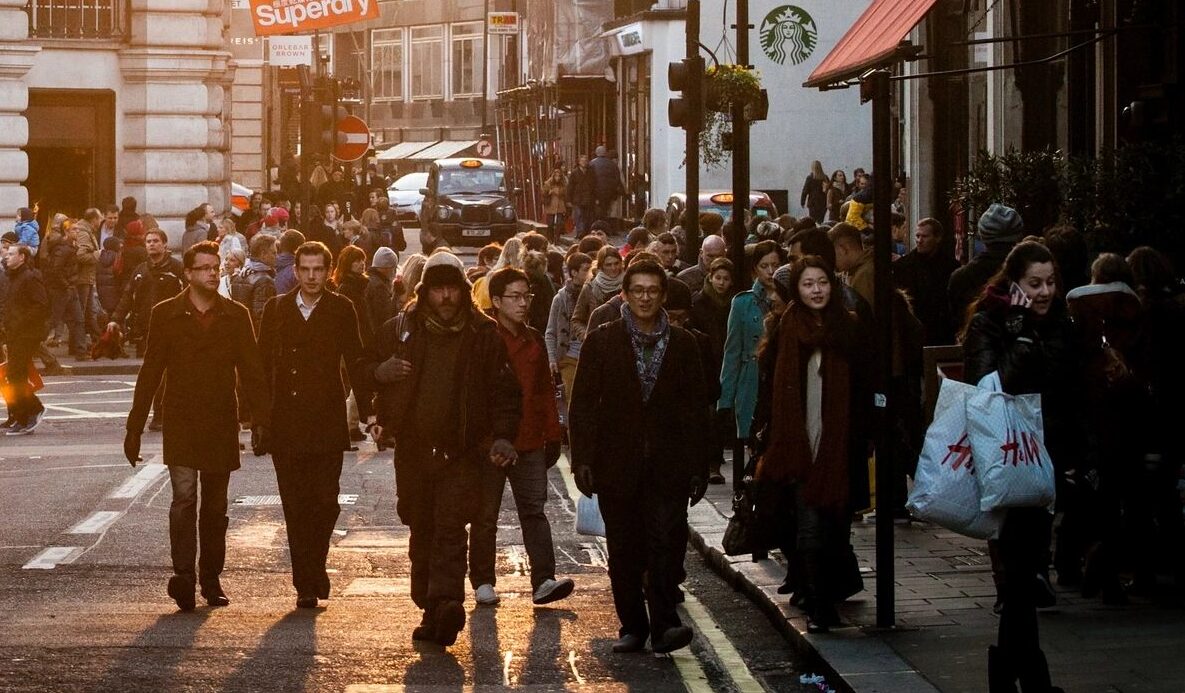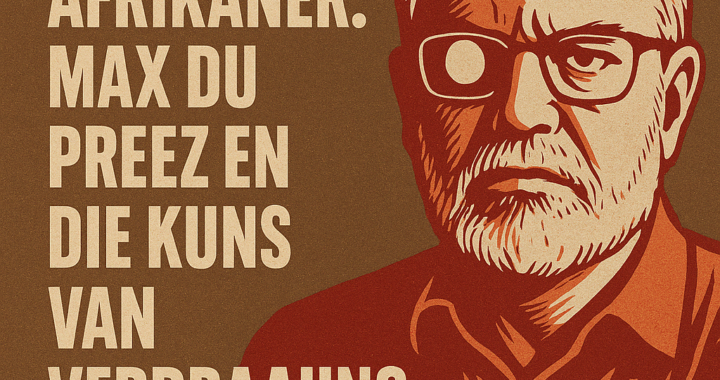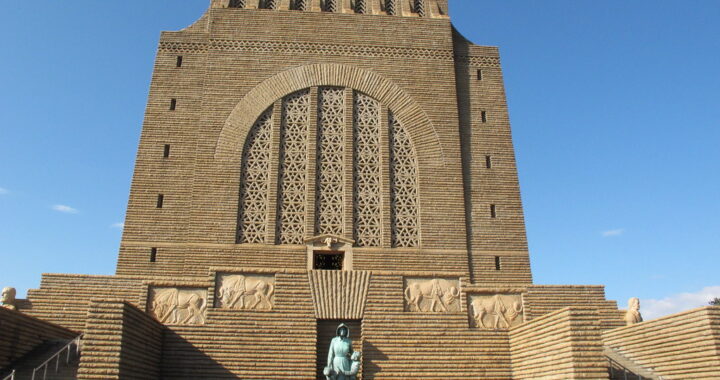South African Race Laws: A Growing Reality in a Non-Racial Promise Broken

In the early 1990s, South Africa emerged from the shadow of apartheid with a vision of a non-racial society. The promise of a rainbow nation, where citizens would be judged not by the colour of their skin but by the content of their character, inspired the world. However, the reality of South Africa today tells a different story. Racial classifications, once a tool of oppression, have become embedded once again in the country’s legal and social fabric. In fact, there are now more race-based laws than ever before, surpassing even the darkest days of apartheid.
Today, there are 142 laws in South Africa that require citizens to be classified according to race. These laws dictate who gets access to various opportunities, resources, and rights, all based on skin colour. The number of race-based laws in place now exceeds those from the apartheid era, an alarming reality in a country that once vowed to move beyond racial segregation.
The Rise of Racial Classification Laws
The post-apartheid government introduced affirmative action policies in the 1990s aimed at redressing the injustices of the past. These policies were intended to provide previously disadvantaged groups with better access to education, employment, and other opportunities. While the original intent may have been noble, these measures have evolved over time into a complex web of racial laws that require classification and differential treatment of citizens based on race.
Racial classifications, in theory, are meant to support transformation and address inequalities, but they have also sparked controversy. Critics argue that these policies have entrenched racial divisions rather than bridging them. The number of such laws has continued to increase, and today, these policies influence areas such as employment, procurement, education, and housing.
Employment Equity and Broad-Based Black Economic Empowerment (B-BBEE)
Two of the most prominent pieces of legislation that focus on race classification are the Employment Equity Act (EEA) and Broad-Based Black Economic Empowerment (B-BBEE). The EEA, which requires businesses to implement affirmative action measures, dictates that companies must report on the racial composition of their workforce and meet specific racial quotas. B-BBEE, meanwhile, provides incentives to companies that promote black ownership and management, creating a scoring system that rewards businesses for adhering to racial targets.
While these laws have successfully promoted black representation in many sectors, they have also resulted in accusations of reverse discrimination. Many South Africans feel that these measures have gone too far, restricting opportunities for others based on skin colour. Businesses often find themselves caught between the need to comply with racial targets and the desire to appoint employees based on merit.
Education and Access
Race also plays a significant role in South Africa’s education system. Universities and other institutions of higher learning are required to implement racial quotas for admissions. This means that students are often judged based on their race rather than their academic achievements, leading to debates over fairness and meritocracy.
Access to scholarships, bursaries, and government funding is also heavily influenced by race. While these measures aim to level the playing field, they have fuelled tensions in a society that was promised an equal opportunity for all, regardless of race.
The Erosion of the Non-Racial Ideal
The existence of 142 race-based laws is a stark reminder that South Africa has not moved as far away from its apartheid past as many had hoped. The dream of a non-racial society seems to be slipping further from reality, replaced by policies that continue to divide citizens along racial lines.
The intention behind these laws may still be to address the legacies of inequality and ensure that the previously disadvantaged gain access to opportunities, but the question remains: at what cost? Critics argue that such measures perpetuate racial divisions, fostering resentment and exclusion rather than unity. For many South Africans, the non-racial ideals of the 1990s are becoming harder to believe in.
A Way Forward?
South Africa’s journey towards equality has been long and complex, and addressing the deep-rooted inequalities that apartheid left behind is undoubtedly a difficult task. However, the current system of race-based laws has created a new set of challenges, raising questions about the effectiveness and morality of these measures.
The path to achieving that balance remains uncertain, but it is clear that the current system is not sustainable in the long run. For South Africa to fulfil the promise of a rainbow nation, it must reconsider the role of race in its legal and social structures. The goal should be to create a society where all citizens, regardless of race, have equal access to opportunities and are not judged by the colour of their skin. Until then, the vision of a non-racial South Africa remains a distant dream.

 Joost Strydom op internasionale mediaplatform
Joost Strydom op internasionale mediaplatform  Orania in Amerika: Bou bande versterk visie
Orania in Amerika: Bou bande versterk visie  Waarom die Vierkleur nie ’n vlag is nie, maar ’n belofte
Waarom die Vierkleur nie ’n vlag is nie, maar ’n belofte  Wat is die ‘Beef’ met AgriSA?
Wat is die ‘Beef’ met AgriSA?  “Kill the Boer”: Die Masker Val van ‘n Post-Koloniale Rewolusie
“Kill the Boer”: Die Masker Val van ‘n Post-Koloniale Rewolusie  Trump en die Roepstem van Geregtigheid tot die Afrikaner
Trump en die Roepstem van Geregtigheid tot die Afrikaner  Vierkleur Media word Vryheid Media!
Vierkleur Media word Vryheid Media!  Die Een-Oog-Afrikaner
Die Een-Oog-Afrikaner  Voortrekkermonument kry nie staatsgeld weens standpunt oor transformasie
Voortrekkermonument kry nie staatsgeld weens standpunt oor transformasie